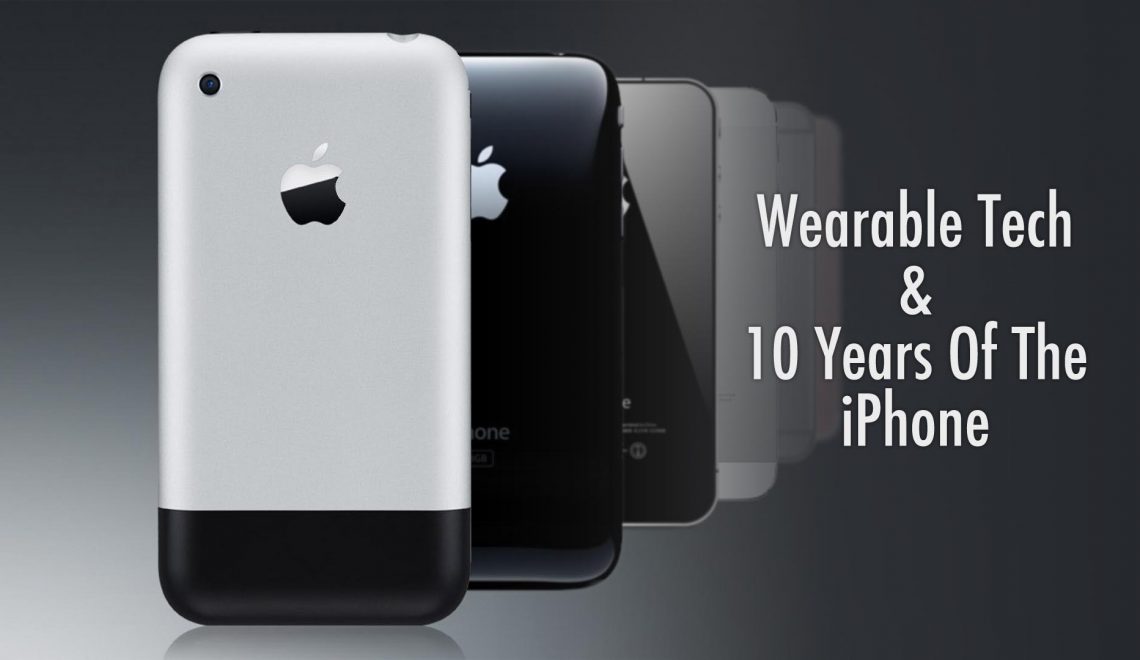While the jury is still out on whether the Apple Watch is a hit, it remains one of the top selling wearable devices and the best selling smart watch. When the device launched last Spring, it felt as if it was not fully finished. Even compared to what was shown the previous Fall at the Apple Watch announcement, there were missing features. Clearly version 1 of watchOS was all about getting something out the door. Barely two months later watchOS 2 was announced and it was obvious the updated operating system was meant to add back the features which were stripped from the device just before launch. Thus, this Fall’s watchOS 3 will be the first real update to Apple’s wearable.
As expected the new update adds some spit and polish to the overall Apple Watch experience. WatchOS 3 improves how watch faces behave and addresses some obvious issues, such as the speed with which apps launch. But the update goes deeper, rethinking the user experience for how people are actually using their device.
 One of the biggest complaints about the Apple Watch has always been its user interface. It wasn’t intuitive and the learning curve was steep. Nothing about how the device worked matched any other Apple device. But that isn’t to say it didn’t make sense. In fact the original interface of the Apple Watch followed a very thought out interface paradigm. The wearable had two modes, Watch and Apps. You would switch between these modes by pressing the digital crown. In Watch mode, you had access to notifications and Glances (static app “cards”). If you pressed the digital crown while viewing either of these, you returned Home (to the watch). If you were in Apps, you had access to applications. Simply tap an app icon to launch it and press the digital crown to go back to Home (the app launcher).
One of the biggest complaints about the Apple Watch has always been its user interface. It wasn’t intuitive and the learning curve was steep. Nothing about how the device worked matched any other Apple device. But that isn’t to say it didn’t make sense. In fact the original interface of the Apple Watch followed a very thought out interface paradigm. The wearable had two modes, Watch and Apps. You would switch between these modes by pressing the digital crown. In Watch mode, you had access to notifications and Glances (static app “cards”). If you pressed the digital crown while viewing either of these, you returned Home (to the watch). If you were in Apps, you had access to applications. Simply tap an app icon to launch it and press the digital crown to go back to Home (the app launcher).
Regardless of what mode you were in, the long button on the side behaved the same. Apple seemed to have originally envisioned the Apple Watch as being a device used for communication above all else. This dedicated button therefore would take you to multiple screens of circular dials to select a friend and quickly draw them a picture or send a canned message. More practically, double tapping the long side button enabled Apple Pay. Users were frustrated that one of the watch’s 2 physical buttons was used as a dedicated button for what was one of the device’s least used features. The compelling reason to use a smart watch is easy access to information, not communicating with friends. Thankfully Apple noticed that not a lot of people were pressing the side button.
 With watchOS 3, Apple has shifted the focus of the device to information and customization. A single press of the side button from anywhere in the Apple Watch interface brings up a “dock.” Similar to double tapping the Home button of an iOS device, you are presented with a snapshot of apps. Simply tap on an app that is in the dock and you are instantly taken to it. The snapshot displayed by apps in the dock is constantly being updated in the background, unlike Glances, so you no longer have to wait for information to be updated. You can personalize the dock by adding and removing apps and reordering them. The last app you launched is also available in the dock.
With watchOS 3, Apple has shifted the focus of the device to information and customization. A single press of the side button from anywhere in the Apple Watch interface brings up a “dock.” Similar to double tapping the Home button of an iOS device, you are presented with a snapshot of apps. Simply tap on an app that is in the dock and you are instantly taken to it. The snapshot displayed by apps in the dock is constantly being updated in the background, unlike Glances, so you no longer have to wait for information to be updated. You can personalize the dock by adding and removing apps and reordering them. The last app you launched is also available in the dock.
The wearable is still divided into Watch and App modes, but with a live view of apps always being a button press away, the two modes are beginning to blend together. Most apps are still worthless, but hopefully new APIs and faster load times will help improve things. With the interface paradigm and Watch mode receiving substantial updates this year, I would expect that watchOS 4 will work to improve the App portion of the device.
Speaking of the Watch mode, there is a new focus on personalization for the clock. Besides a few new watch faces and complications, you now can easily switch between watch faces by swiping left or right. The idea being that you can have a formal face for during the day and something more fun for after work. Watch faces can now also be configured on an iPhone using the new Face Gallery section of the Watch app. Besides making the process of setting up new watch faces easier, the new functionality should also provide an easy path for Apple to add and highlight faces and complications.
WatchOS 3 is a significant update to the Apple Watch and shows that the company is willing to reimagine how people interact with existing hardware. The software is already stable and even though most apps have not been optimized for the new operating system, you can easily notice speed improvements. I have noticed I am already using my favorite apps more now that it is so simple to access them.
The watchOS 3 update will be available this Fall to download for free.





